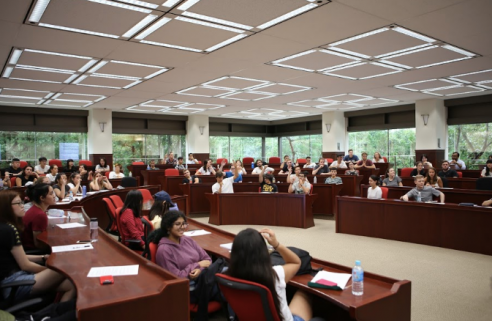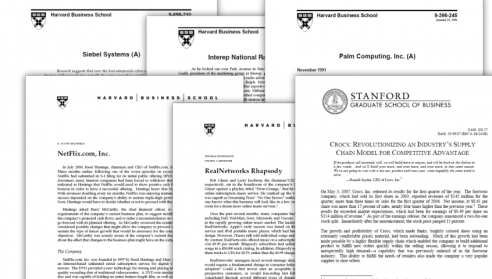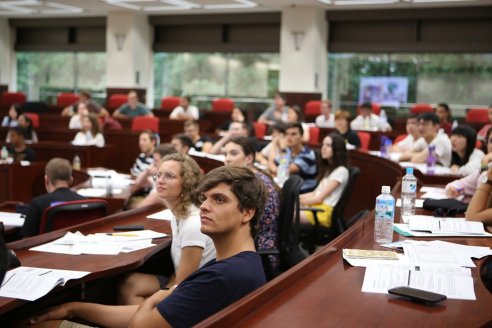Case Method Evaluation
Case Method
The case method is at the core of the NUCB Undergraduate school academic experience. In its simplest form, each case is a simulation of a real-world business problem, and students are expected to take on the role of the protagonist, or decision-maker, to solve that problem and discuss the reasoning or logic behind each of their decisions.
Case Method vs Lecture
There are two main elements that make the case method different from lecture-style learning. First, a case study engages rich discussions with a diverse group who may have a different perspective than you. Second, while there is an underlying theoretical concept to every case (whether that’s a finance class or management), the focus of the class discussion is on the application of the concept in practical situations bringing theory to life and making learning relevant.
What is a case?
There are many types of cases our faculty use here at NUCB to help students develop critical thinking and analytical skills.
These include;
- Paper-based descriptive cases that unfold the dilemma one organization or managerial role is facing;
- Live case which features guest lecturers such as entrepreneurs or corporate leaders and on-site visits;
- Simulations and multimedia cases that place students in the mix of realistic business scenarios where they must apply the concepts and frameworks they’ve learned to make critical decisions
When we talk about paper cases, it is a document written from the viewpoint of a real person leading a real organization to depict real-life experiences, challenges, and issues. Cases can be short in length to just one or two pages or can be complex containing as many as 20 pages including tables and figures. In addition to background information on the situation, most cases feature an explicit or implicit decision that a protagonist—whether it is an individual, a group, or an organization—must make.
Evaluation Methods
Unlike the traditional method of memorization and lectures to prepare for a final exam, there are various evaluation methods utilizing the case method. Here we give a brief overview of the methods of assessment at NUCB on our Global BBA Program. It is important to note that each class/professor weigh their class evaluation differently, so one class could weigh heavily towards participation, whilst another may give students the opportunity to achieve their grade across multiple methods including quizzes and preparation reports. More information can be found on the syllabus below.
1. Preparation report
A preparation report is a chance to showcase that you have read the case by summarizing your thoughts to prepare you for the class discussion. The number of reports and the number of characters required will vary depending on the lesson, but the quality (the content of the report) is more important than quantity. Some preparation reports are short and students are required to write the report based on a few assignment questions listed on their casebook whilst some professors may ask for longer reports (5 pages for example) to ask the students go deep into the topic before coming to class.
2. Class contribution
In classroom discussion, students analyze the information in the case and use it to solve the problem set up by the case.
Case method discussions involve mostly a conversation between and among students, rather than discussion centered on direct participation by the faculty member. Faculty take on the role of facilitator, drawing attention to their role in setting up discussion in which students are the primary participants.
The discussion can take many forms, including questioning by faculty to help students draw out the information from the case, more open-ended questions and discussions as students evaluate options and weigh the evidence, and small group work by students focused on specific analytical tasks. Faculty members may also use role-play as a technique to put students completely in the case environment.
in terms of evaluation, faculty will use a rubric that covers; Attitude, Preparation, Listening, Participation Frequency, and Relevance and Impact. For students to score highly, they must contribute to the class. This means that a student should not be passive and memorize, but give a precise answer to the question at hand, adding content that greatly expands the discussion, or provide a unique perspective to the classroom. Repetition of others' answers or speaking a lot without substance does not equal a high rating.
3. Cold Calling
The opening cold call is one of the most recognizable hallmarks of case teaching. After framing the class session, the instructor may cold call a student to open the discussion regardless of whether they have raised their hand to participate. Some instructors use additional cold calls during the class. Generally, the cold call starts with an open-ended and broad question about the case (“How did Toyota get into this situation in the first place?” “What should Ikea do about Japan?” Etc). A typical cold call can last several minutes but may go longer based on the instructor's cold calling philosophy and the opening student's level of preparation.
Cold calling can establish and reinforce high expectations for student preparation and provide developmental opportunities for students for critical thinking and communication skills and serve as a catalyst to kick start discussions in a "cold" room. Cold calling is less about exposing an unprepared student and more about fostering meaningful class interaction.
4. Other
Other evaluation methods include;
Simulation
Simulations offer valuable opportunities for students to practice decision making and integrate what they read and make actual decisions based on facts or data presented in the case.
Final Report・Projects
Some classes may call for a final report to ensure students have a good grasp of the topic. Projects may be included such as business plans or prototypes in design thinking.
Peer Assessment
When working in groups, professors may ask students to judge the output from peers and encourage them to contribute more and reflect on their own work.
Exams
Whilst not as common, some professors may integrate a form of exam into their evaluation. This could be a case exam where students are to answer questions upon reading the case or weekly quizzes or final exams that assess students' understanding of a certain topic (typically multiple choice).

 Download
Download
 Infosession
Infosession
 Application
Application
 Open Campus
Open Campus








